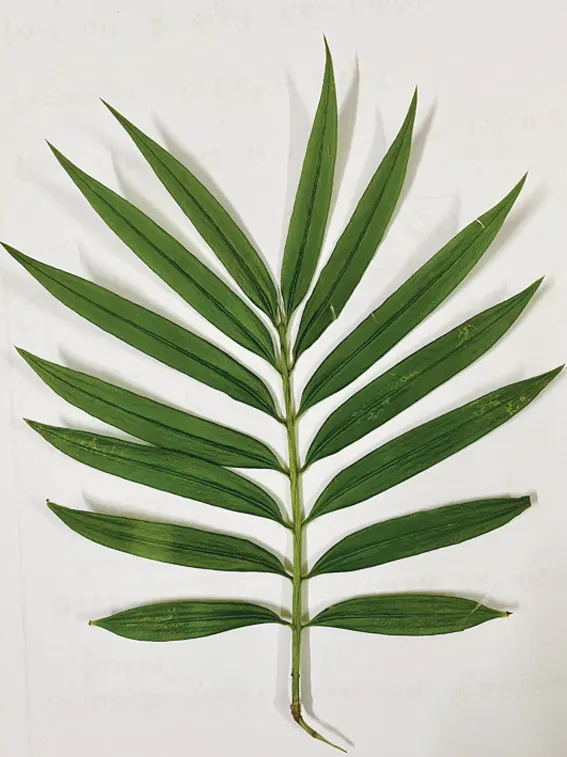[ Apeda Rondo ]
Amentotaxus assamica, commonly known as the Assam catkin yew, is a critically endangered and endemic species found only in two locations: Changlagam in Anjaw district, and Deb village in Toru Hills, Papum Pare district, in Arunachal Pradesh. The species, a conifer and part of the Taxaceae genus, primarily grows in the subtropical biome at altitudes of 1,600 to 2,000 metres.
These evergreen shrubs and small trees reach heights of 2-15 metres. The leaves are spirally arranged on the shoots but twisted at the baseline, lying in two flat ranks. They are linear and broad, with a soft texture, green above with a blunt tip and two conspicuous white stomatal bands below. Differentiating from related genres, this species comprises five others spreading across the eastern Himalayas and Southeast Asia, including Vietnam, Taiwan, and China.
The original habitat and ecology of this plant have undergone severe land transformation, rendering it critically endangered due to its low reproduction rate. Believed to have evolved during the age of the dinosaurs, the Assam catkin yew is categorised as critically threatened in IUCN 3.1 of the Red Data Book and is listed under Schedule 6 of the Wildlife Protection Act, 1972.
The species faces a severe risk of extinction due to unknowing and reckless exploitation in the area, requiring thorough study and evaluation. Owing to its strength and fortification, it is highly threatened by accidental cutting for construction purposes, or use in households and other utilities. In the early days, it was primarily used for making bows.
Amentotaxus has significant economic and ecological value, considered for medicinal treatment, besides the extraction of a poisonous chemical from yew.
Why does it need conservation? This species is critical and is found nowhere else worldwide, except in two regions in Arunachal Pradesh. The species holds a unique identity in the context of Arunachal’s flora, and has great potential for wildlife tourism in the state. This can be achieved by protecting the area where it grows, ensuring that it remains free from all undesirable developments. Conservation efforts should involve a community-based approach, allowing the habitat to remain natural. Establishing a small nursery within the habitat itself can minimise human interference and reduce the impact of global warming. In recent days, both domestic and international tourists are drawn to see it for its uniqueness. (The contributor is a travel consultant at Kanhi Kanla Tours and Travels. He can be reached at rondoadiju@gmail.com)




